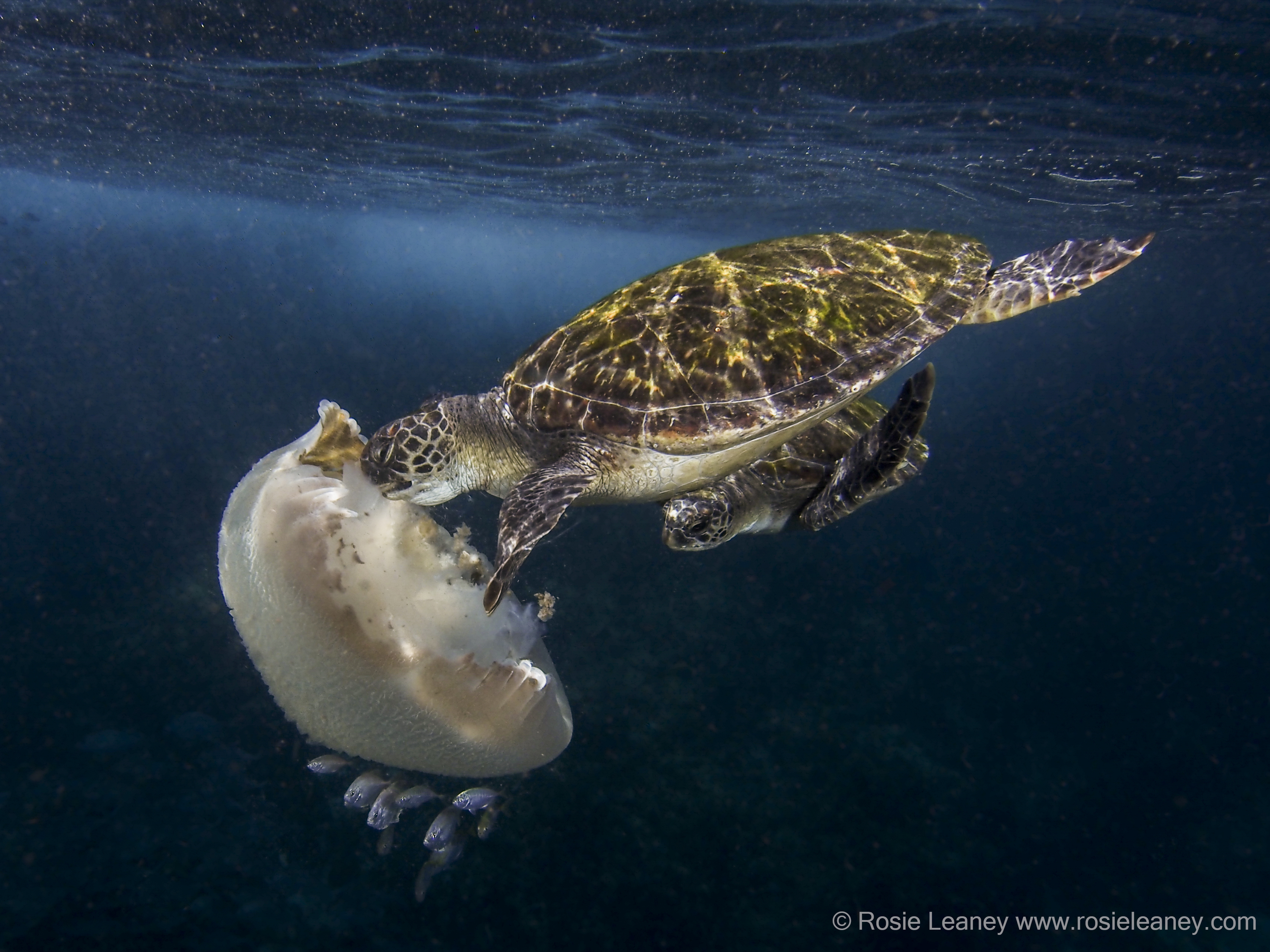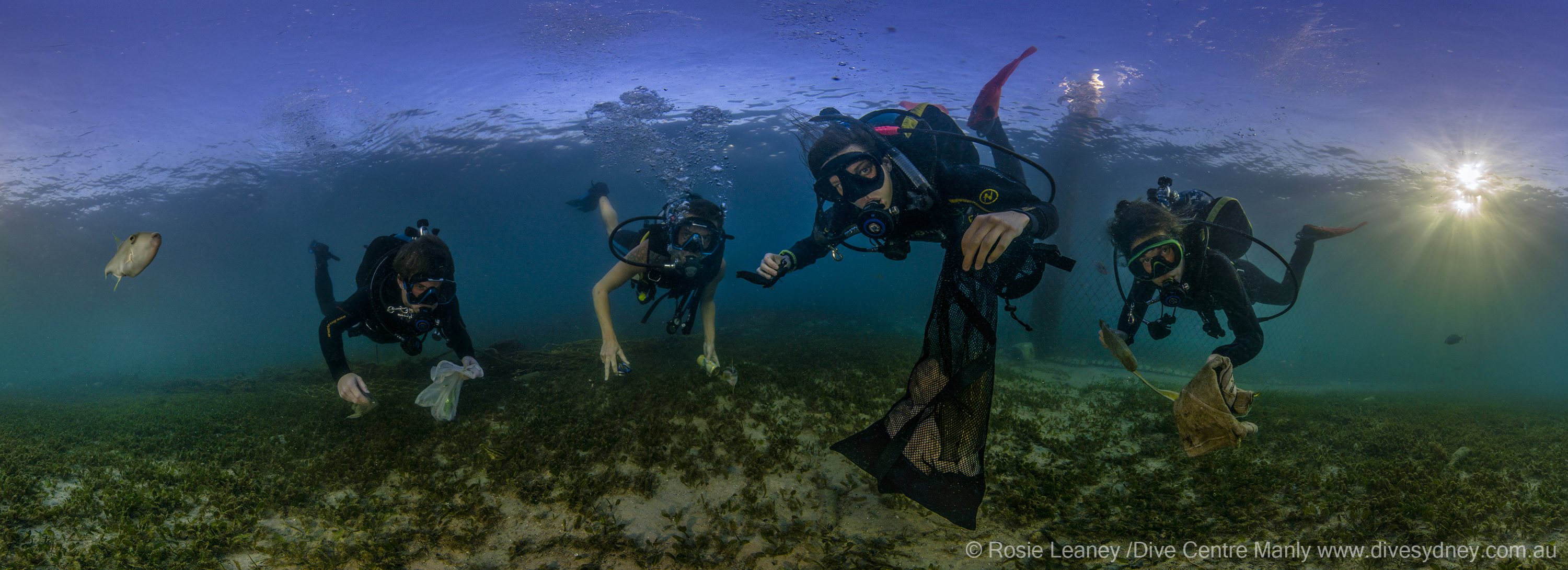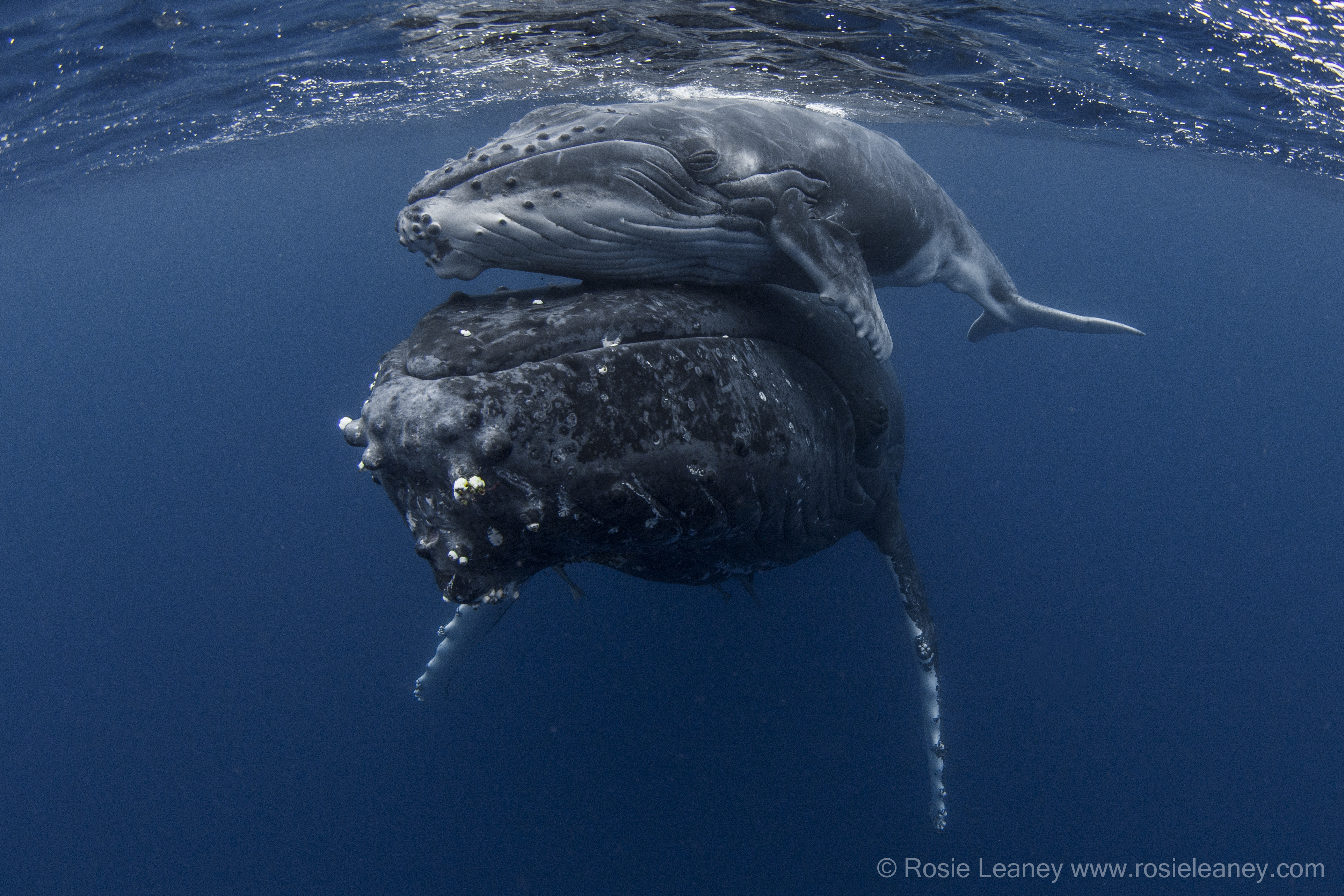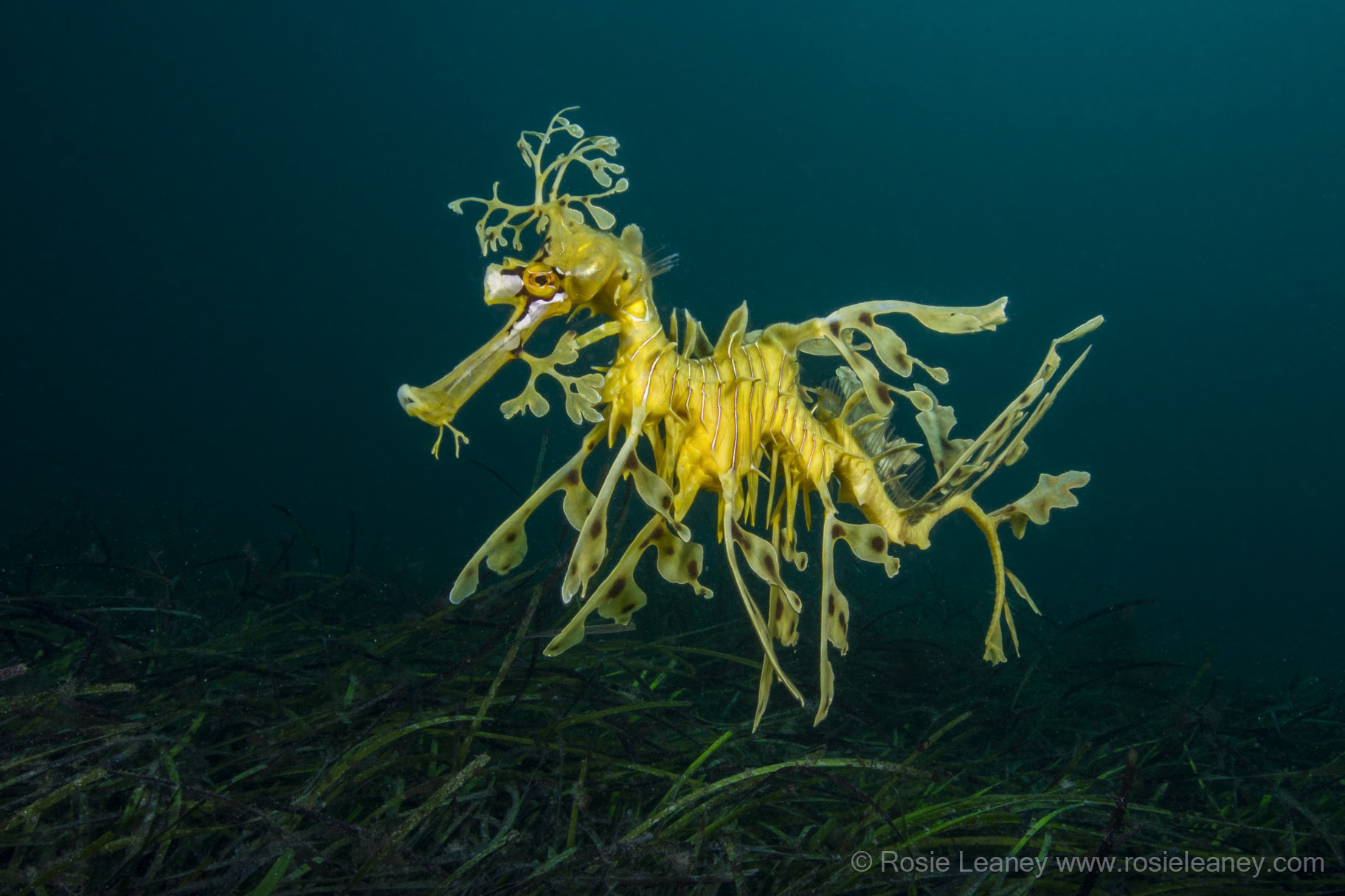In a new series of articles, we’ll shine a spotlight on some of the world’s best underwater photographers, from the famous to the unknown, as well as offering tips for you to capture some stunning underwater photos of your own. Today we chat with English photographer Rosie Leaney.
I grew up on England’s south coast. I first tried scuba diving when I was 10 years old when my dad let me to sit in the shallows at our local beach and breathe from his regulator. Although I couldn’t see a thing — the water was like cold tea — it was fun, and from there it only got better. Nowadays, I am based in Sydney, Australia where I spend my spare time diving, photographing, working as a divemaster or teaching underwater photography to beginners. I love photographing any marine life, from nudibranchs to whales.
How long have you been an underwater photographer?
I started learning to shoot underwater in 2009.
What got you interested in underwater photography?
It was a way to use pictures, not just words, to show people the amazing underwater world. I know many people who have never been under the ocean. I love their surprise when they see a photo of something they never even knew existed, although it’s living only a stone’s throw from their doorstep, or where they go swimming or catch the ferry. Being able to show that to people is what got me interested, because people can only care about something if they know it exists.
What’s your favorite style of underwater photography?
It would be really hard to pick a favorite! I am lucky to have access to some great shallow shore dives in Sydney, where I can zone out into macro mode and just sit for hours, watching tiny critters. It’s a great form of relaxation. But I also love the adrenaline of a huge whale, dolphin or a colony of seals interacting with you. The action happens quickly, and you’re smiling so much that your snorkel is flooding. I have recently been creating some stitched 360-degree underwater panoramas as an ongoing project, and that’s a really interesting new challenge.
Any favorite subjects?
Last year I fulfilled a long-time ambition of diving with leafy seadragons in South Australia. It totally blew me away. It is hard to believe such a beautiful and elaborate creature can exist until it’s looking you in the eye.
Any favorite destinations?
I love the diving in temperate Australia. We have such variety here — colorful reefs, muck-diving, sinkholes, sharks, seals and dolphins. We have creatures that you’ll find nowhere else in the world, such as leafy seadragons and giant cuttlefish.
What is your underwater setup?
I use an Olympus OMD EM5 with a Nauticam housing and Inon Z240 strobes. I use a range of Olympus lenses.
Do you have any tips you can share with new underwater photographers?
Always respect the environment by making sure your body/fins/hands aren’t resting on fragile ecosystems when you are shooting. This means getting your buoyancy and weight amount and distribution just right. That will make for much better photos, as you can be steady and not stir up silt. Also, if you’re lucky enough to live near a dive site, dive it over and over again so you can get used to the local animal behavior and where to find different species. Think about different shots you want to get in advance, and then go out and have fun with it!
By guest author Rosie Leaney
For more of Leaney’s work, check out her Instagram feed, website, and Facebook pages. You can also find her guiding and teaching at Dive Center Manly.






